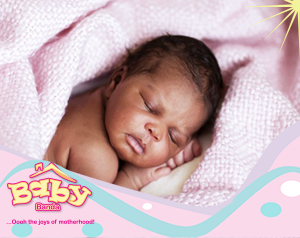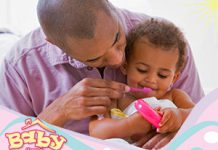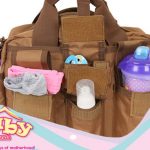Behaviour cues refer to the signs that infants give to tell you what they need.
Engagement Cues that your baby is ready to interact with you:
- Normal skin colour.
- Arms and legs flexed or tucked.
- Eyes becoming wide open and bright as the infant focuses on you.
- Alert face or an animated face with wide open, bright eyes.
- Grasping or holding onto the caregiver or objects near them.
- Hand−to−mouth activity, the infant may also suck on his or her fingers.
- Smiling.
- Turning eyes, head, or body toward someone who is talking.
- Regular breathing rate.
Disengagement cues that show that your little one is getting too much stimulation
- Hiccupping
- Crying or fussing
- Yawning
- Fast breathing
- Squirming
- Frantic, disorganized activity (jittery and jerky movements)
- Arms and legs pushing away
- Spitting up or gagging
- Falling asleep
- Averting the gaze (the infant moves his or her eyes or head away from you)
Responding to Cues
Responding promptly to your infant’s cues is important. An immediate response helps the infant to make connections between your response and his own behaviour. This eventually helps to positively shape the infant’s behaviour, language and overall development, as the infant begins to realize his active role as an important participant in the parent-child interaction. You can do the following:
- Ensure your baby feels safe and comfortable.
- Face to face” positioning provides for optimizing interactions.
- Know your infant’s cues and respond to them in a timely manner.
- Have an interactive session with your baby giving your infant a chance for expression and alternating with your responses.
- Give positive emotional feedback through talking, singing, smiling, holding etc to help establish a sense of security.
- Observe and learn how your infant responds to you and encourage more interaction.













